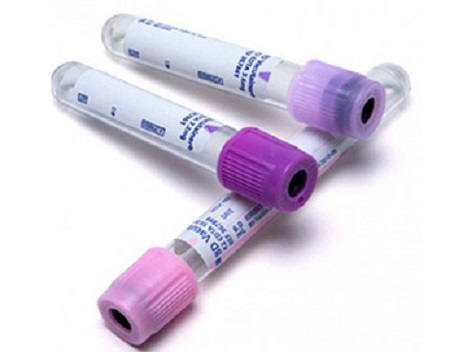GV Mold has rich experience in home appliance molds (such as television, refrigerators, fans, washing machines, air conditioners, and various smart home appliances). We can provide turnkey solutions for high-precision houseware moulds according to customers' ideas, from raw material selection advice, product design optimization, mold flow analysis, mold manufacturing, mold design improvement to plastic parts production, assembly, packaging, delivery.
The main categories of home appliance molds include LCD TV mould, which is used for the precise production of TV frames and back panels, fan blade mould for creating balanced and aerodynamic fan blades, and refrigerator drawer mold designed for producing durable and transparent refrigerator drawers. Our home appliance mold optimizes for high precision and superior quality to meet industry standards.



Before making home appliance mould, we usually verify the plastic product & mold in the following steps. In this way, we can speed up product development, effectively control mold costs, reduce mold repair costs in the manufacture stage, and fully verify product performance as much as possible to save time and cost.

Provide quote in 24hours with drawings and requirements if urgent.
Over 95% designers & engineers are with more than 10 years experience in plastic mold industry. and all project engineers could discuss projects in English to save communication time.
Strictly conforms to ISO9001:2015 quality control system.
Technical support from the initial product design to the entire stage of mold making and product production and delivery.
1. Acrylonitrile Butadiene Styrene (ABS)
ABS is a popular choice for producing home appliance mold components due to its excellent impact resistance, durability, and ease of molding. It is ideal for creating robust housings and casings for items like vacuum cleaners, kitchen appliances, and TV frames, providing a balance of toughness and an attractive finish in plastic household mould applications.
2. Polycarbonate or Polystyrene (PC or PS)
PC and PS are widely used in home appliance mould production for parts requiring high clarity and thermal stability. Polycarbonate (PC) is perfect for transparent panels and light covers due to its strength and heat resistance, while Polystyrene (PS) is ideal for refrigerator drawers and lightweight interior components, ensuring precise shapes with high-quality plastic houseware mould finishes.
3. Polypropylene (PP)
Polypropylene is a versatile and cost-effective material known for its chemical resistance and flexibility. It is commonly used in home appliance molds for refrigerator bins, washing machine parts, and fan blades. Its low density makes it suitable for producing lightweight yet durable components, enhancing energy efficiency in home appliance mould production.
Ensuring the accuracy of parts produced from home appliance molds involves several key practices throughout the design, manufacturing, and testing processes.
Utilize advanced CAD software to create precise 3D models of the home appliance mould, ensuring all dimensions, tolerances, and features are accurately represented. Engage in simulation analysis to predict potential issues such as warping or shrinkage during the molding process, allowing for adjustments before production.
Choose high-quality materials for both the mold and the final product. Selecting materials with consistent properties reduces variability during production and contributes to dimensional stability in the houseware mould. Consider factors such as thermal expansion, which can affect accuracy, and select materials that minimize these effects.
Implement precision machining methods, such as CNC machining, to achieve high accuracy in the fabrication of home appliance molds. This ensures that the mold itself is manufactured to exact specifications. Techniques like multi-cavity molds can produce several identical parts simultaneously, helping maintain consistency across batches.
Utilize automated monitoring systems to control key parameters during the injection molding process, such as temperature, pressure, and cycle times. Maintaining these parameters within specified limits helps ensure part consistency in houseware mould production. Implement Statistical Process Control (SPC) techniques to monitor production data and identify trends or variations that could impact accuracy.
Conduct rigorous testing on molded parts to assess dimensional accuracy and functionality. Use measurement tools such as CMM (Coordinate Measuring Machines) to verify that parts meet specifications for home appliance molds. Establish a quality assurance program that includes regular audits of the manufacturing process and compliance with industry standards to ensure ongoing accuracy.
That's great, do a drawing with measurements and as much information as you can, or send your parts to us. we can support from an idea to the finished item.
The volume requirements of the product are the main consideration when deciding to use injection molding as a manufacturing process. If you need more than 1000+ products, plastic injection moulding is probably the best solution. Because the mold is expensive, it will save you more cost when you need mass production.
The price depends on:
• Size of the mold
• Lifetime of mold
• The number of cavities
• The material the mold is made of ie. Steel or aluminum
• The surface of the finish required
• The complexity of the part
The best way is to send an email to me or call us.
We will go through all your requirements and start the right foot with you.

